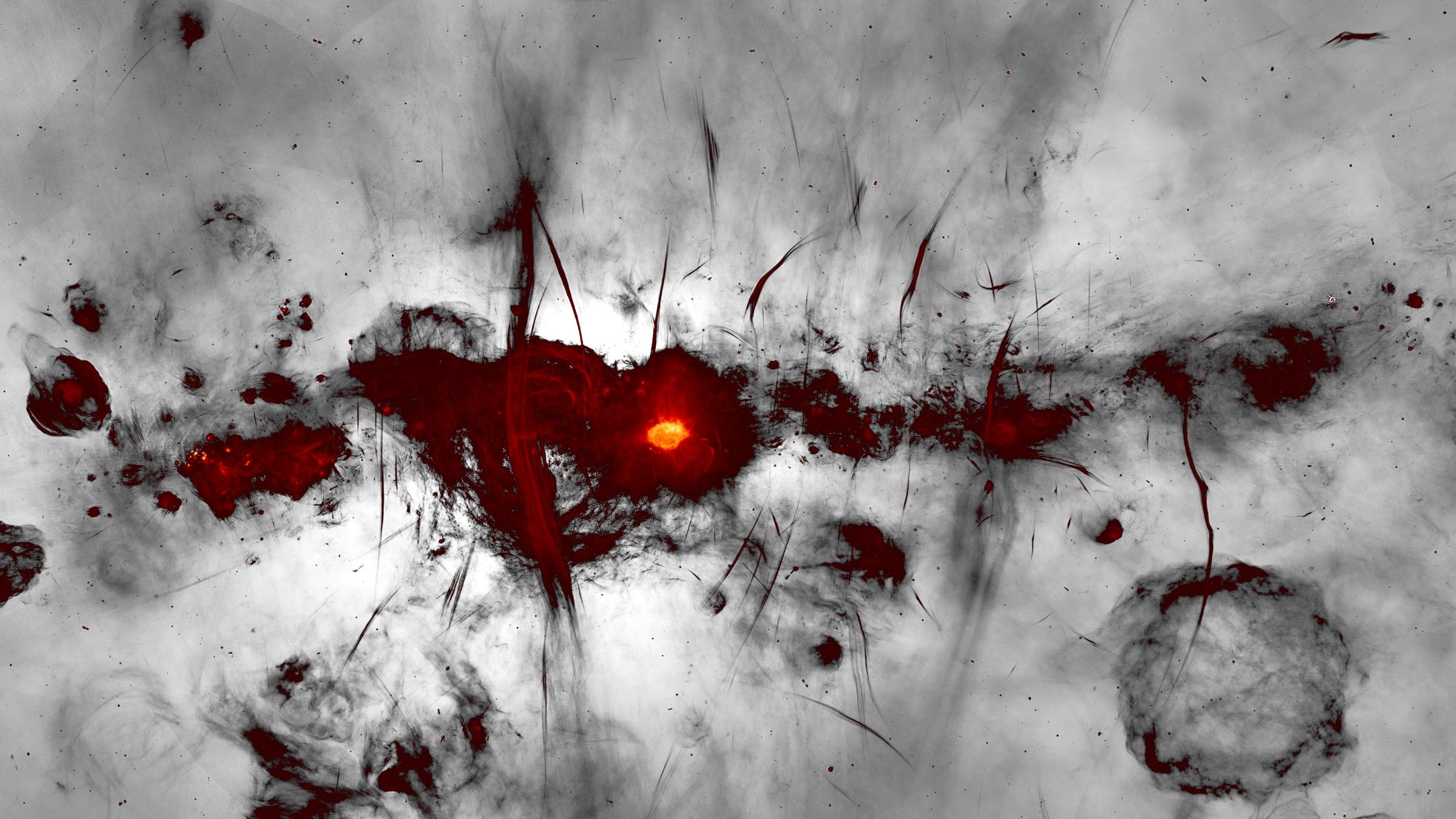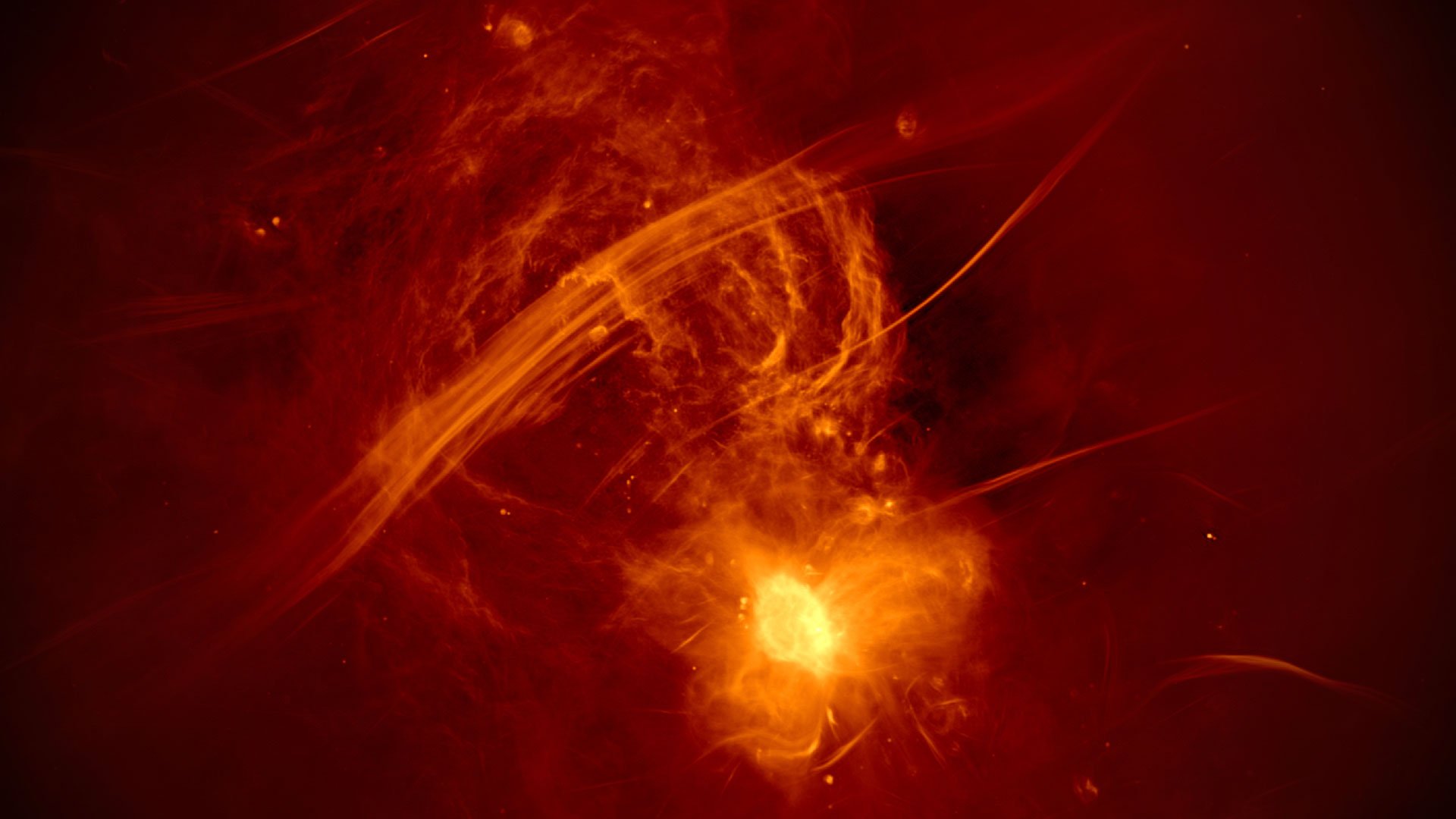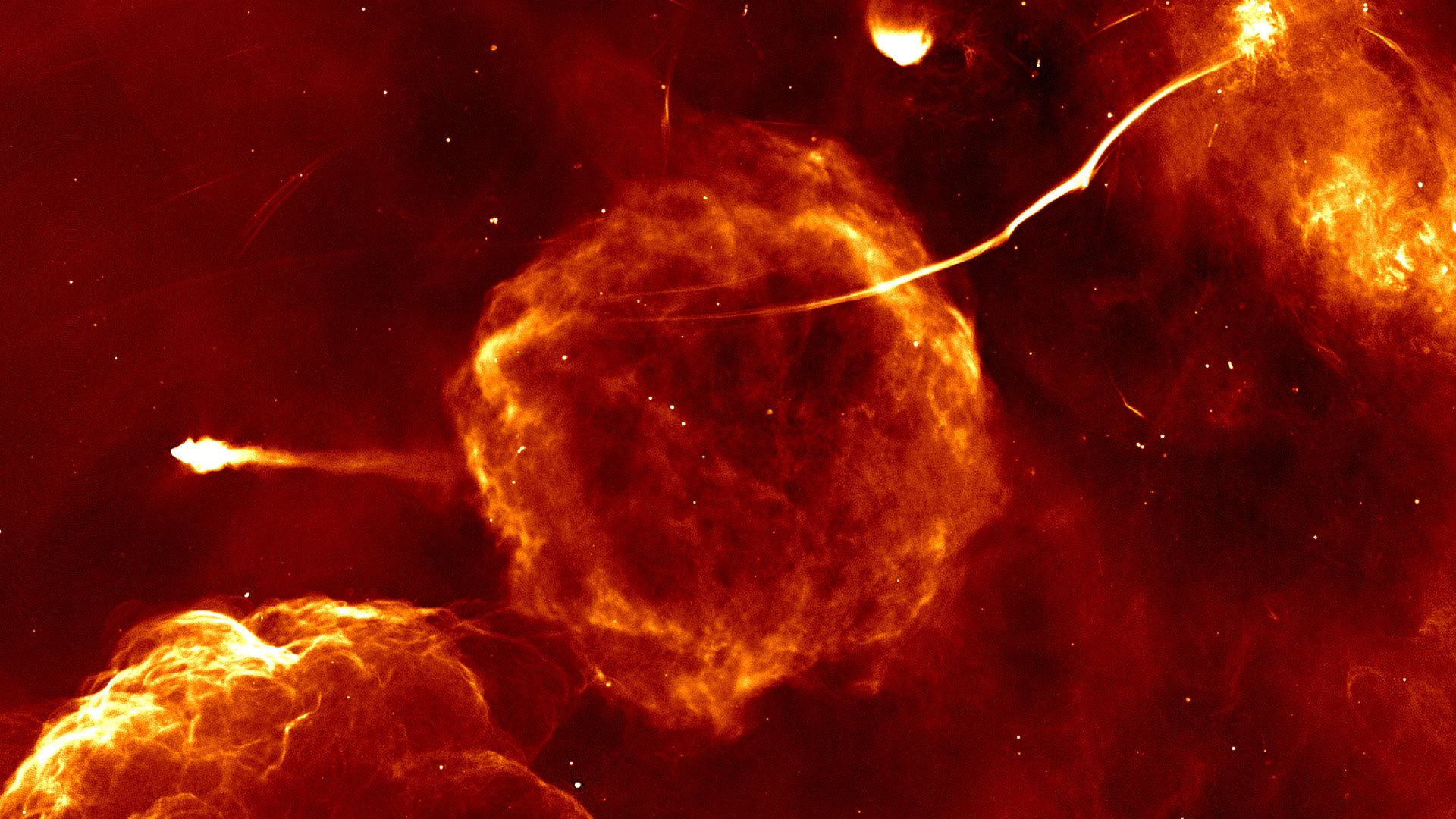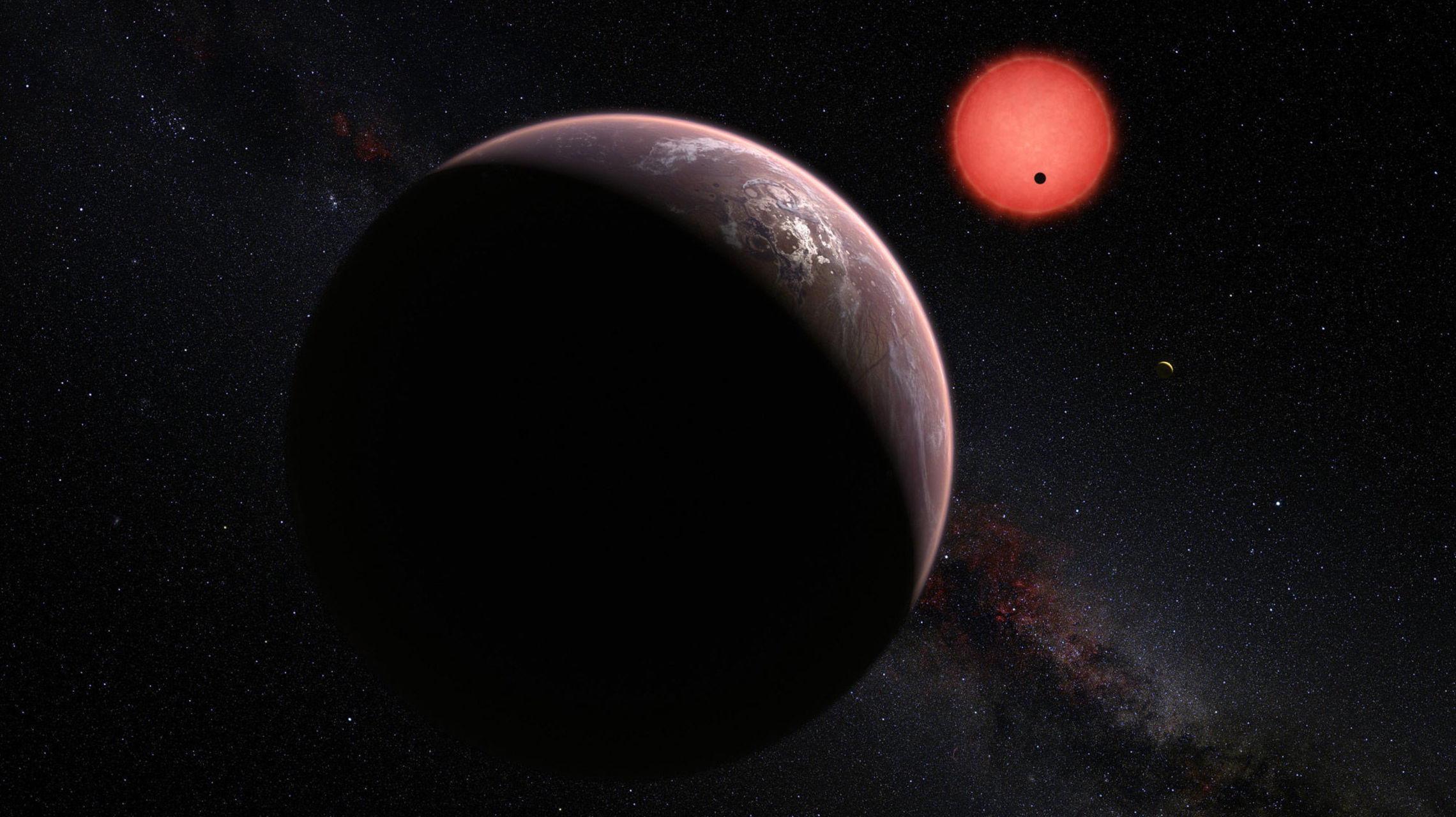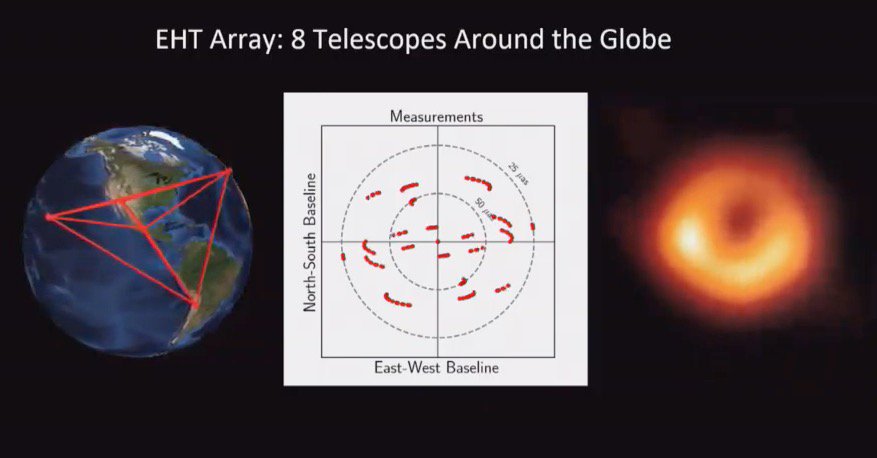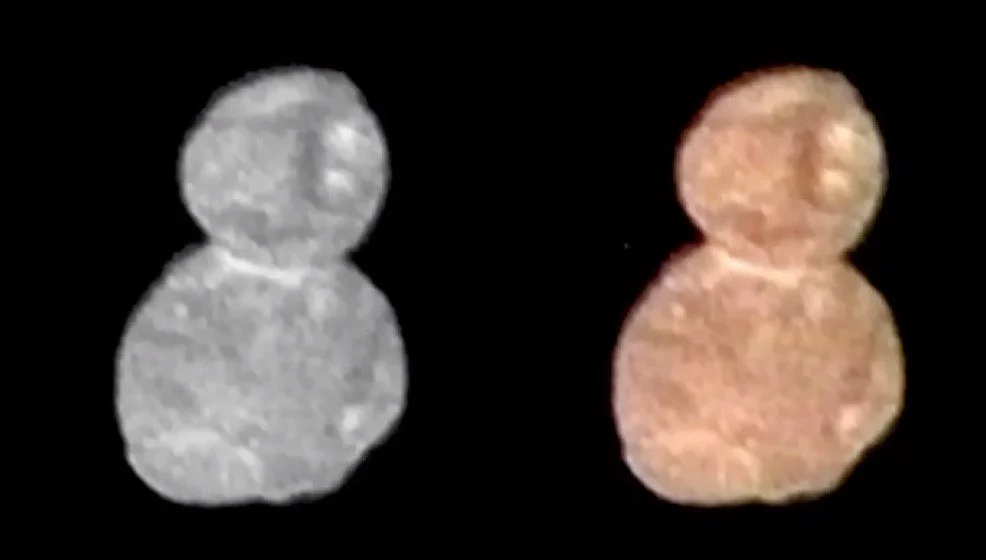HYPE-WORTHY SCIENTIFIC DISCOVERY ALERT
Cue the hype in 3...2...1...go! Alien life on Venus? Well...maybe. Just maybe. For today, feel free to let your imagination run wild about Venusites (Venusians?) floating around in the toxic clouds of the planet next door, doing things that life does.
"Deep within the acidic clouds of Venus, astronomers have detected a tantalizing gas never found on the planet before — a gas that, remarkably, could be a sign of life on the hellish world. The gas’s presence isn’t enough to say for sure that Venus hosts life forms, but the fact that it exists in the planet’s clouds indicates that something is going on there that we don’t fully understand.
"Phosphine is a toxic and explosive molecule with a lingering odor of garlic and dead fish. Astronomers discovered the putrid gas lurking within a layer of clouds on Venus, where temperatures are pretty close to those on our planet. Phosphine is considered a "biosignature"—a molecule strongly associated with the chemistry of life that has few non-life methods of production, particularly on a rocky planet like Venus.
"But finding even a small amount of phosphine on Venus is enticing because of how the gas is made here on Earth. Either it is manufactured artificially by humans — into products like fumigants or biological weapons — or it is a natural byproduct of life. Phosphine can be found in swamps and marshlands, where it’s thought to be produced by microbes. It can also be found in the guts of animals or in the poop they leave behind. Above all, it’s a gas that is almost exclusively associated with life on Earth, raising the possibility that it could be a sign of microbes floating in the Venusian clouds.
“Or it could be coming from something that we can’t yet comprehend.
"Ultimately, everything comes back to one question: are we alone? Microbes on Venus may not seem that impressive, but if life can form on two worlds right next to each other, that opens up the possibility that life is much more abundant in the Universe than we think.
"No matter what, this detection is just the beginning of a long journey to discovering more about Venus and its potential for habitability. Right now, there’s no definitive answer. There may never be. “As they say, extraordinary claims require extraordinary evidence,” says Clements of the Imperial College of London. “We’ve got pretty good evidence, I wouldn’t say it’s extraordinary yet.”
Here are a few of the million+ articles that have been published about this announcement in the last two days:
The Verge: https://www.theverge.com/21428796/venus-gas-life-sign-discovery-phosphine-biosignature (source of most of the text above)
Space.com: https://www.space.com/venus-clouds-possible-life-chemical-discovery.html
The Planetary Society: https://www.planetary.org/articles/venus-phosphine-biosignature
Sky News: https://news.sky.com/story/signs-of-alien-life-detected-on-venus-12071625



